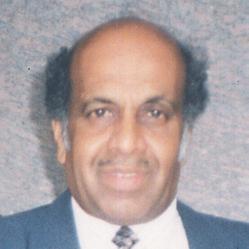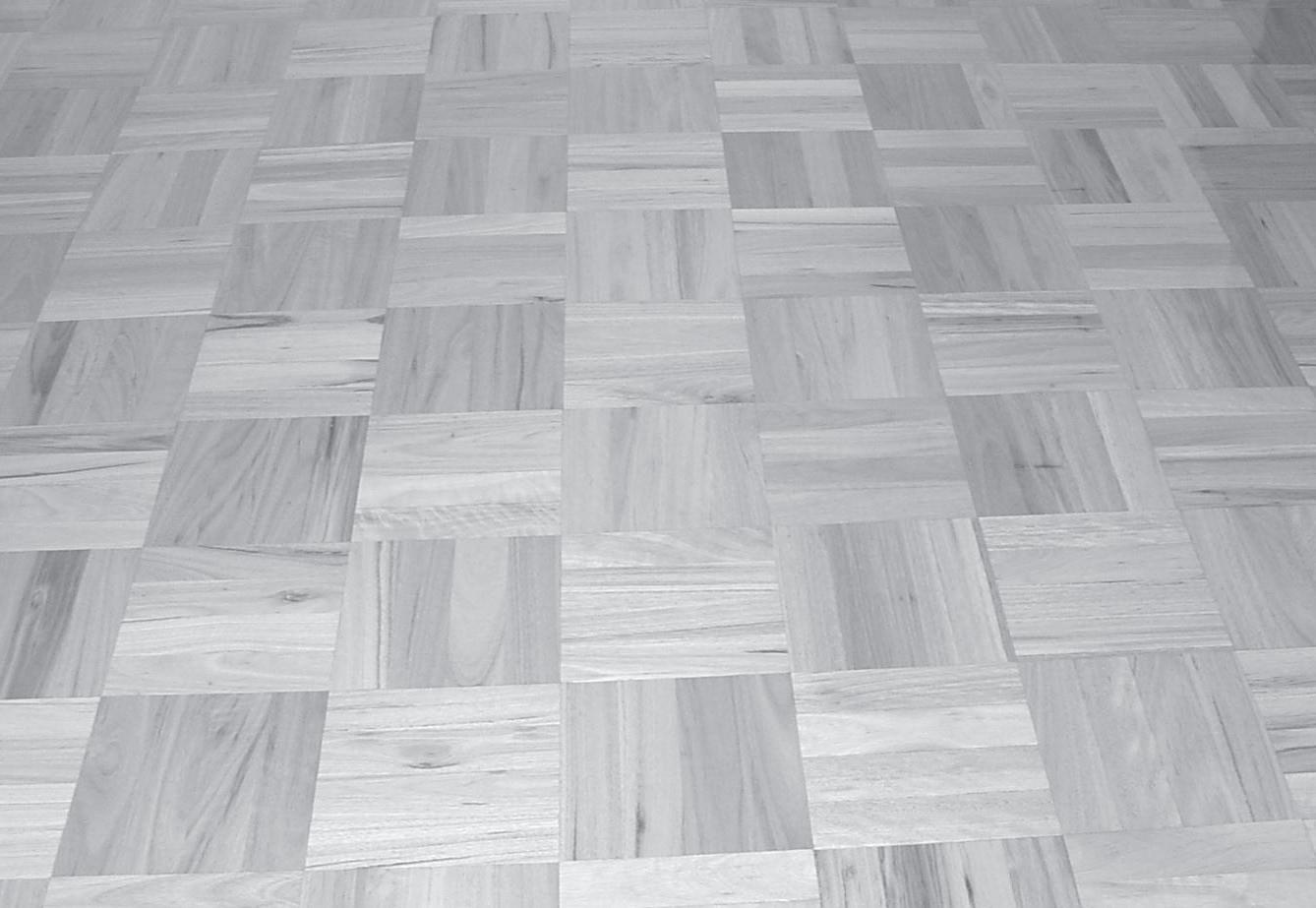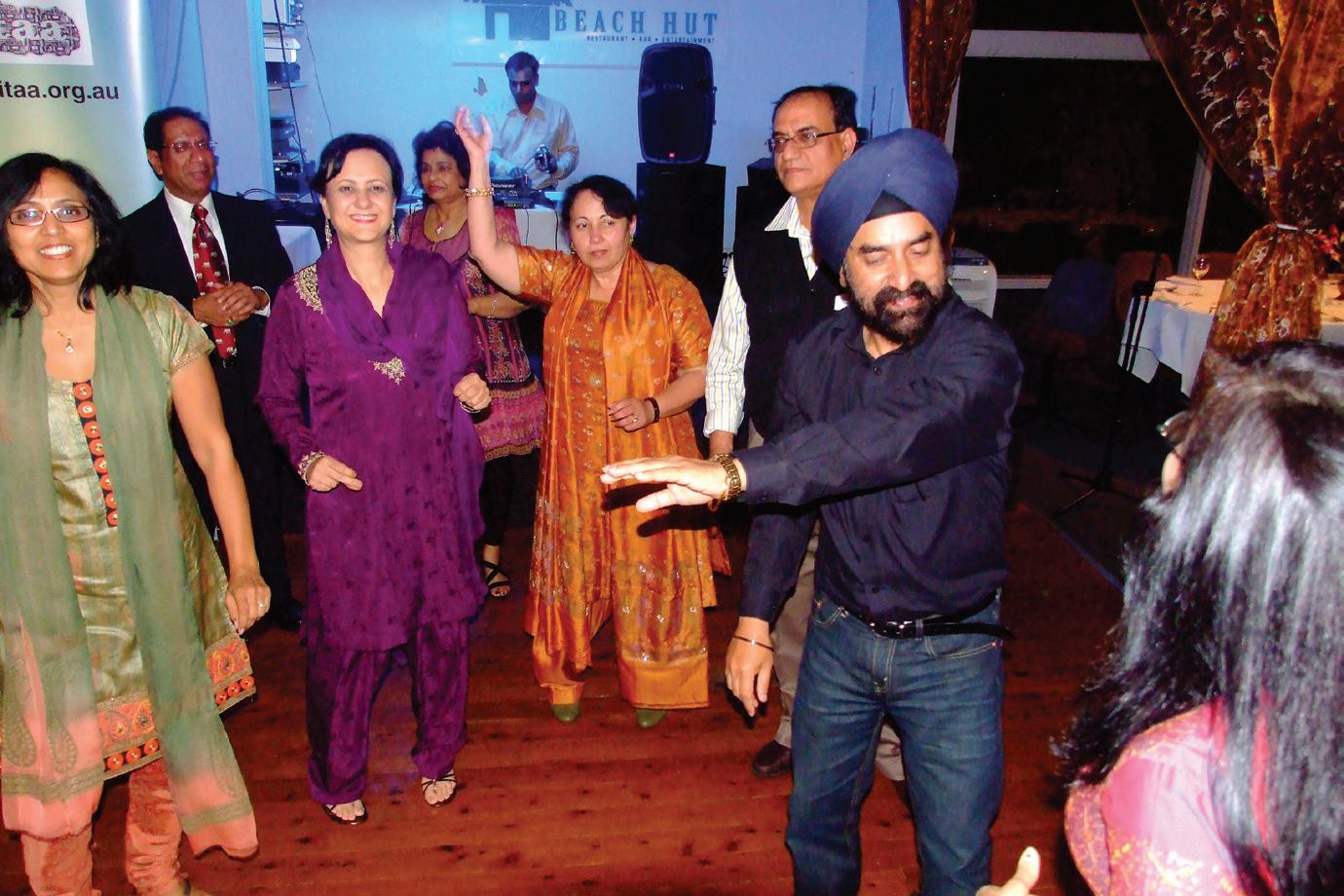
3 minute read
Caring for the aged
from 2010-11 Sydney (2)
by Indian Link
Community associations can do their bit to help the growing number of elderly in Australia cope with lack of social interaction and isolation issues
BY NOEL G DE SOUZA
Governments, particularly at election time, have a habit of lumping all retirees into a single category. Take for instance the Intergenerational Report 2010 which implies that the aging and retiring segment of the Australian population will constitute a burden on working Australians. There are retirees who depend on governmental pensions and others who are self-funded. Likewise, relatively healthy retirees look after themselves and others (still a minority, but growing in number) need help to look after themselves. Added to this are a significant number of ethnic or CALD (Culturally and Linguistically Diverse) retirees.
According to a 2010 report by Access Economics which was commissioned by the National Seniors Productive Ageing Centre (NSPAC) in June 2009, 800,000 retirees were recipients of government-funded aged care.
Of these, 80% accessed community care (mainly Home and Community Care services) and of these 6% were in low care residential accommodation, whilst 14% were in high care residential accommodation.
A study conducted by the Australian Nursing Homes and Extended Care Association in 2004 identified funding, taxation and capital raising to be crucial elements in the delivery of appropriate aged care. Indeed, the accent till now has been on the financial aspects of aged care provision. However, there are the human and cultural aspects which also need to be considered.
The NSW Department of Health & Ageing runs a service called NSW Transcultural Aged Care Service for this purpose.
The Benevolent Society, on November 2 launched a report entitled Supporting Older People from Culturally and Linguistically Diverse Backgrounds. I attended the function on behalf of the social entrepreneurial network, SEVA. The report was prepared by the Social Policy Research Centre of the University of New South Wales. The report was launched by Pino Migliorino, Chair of the Federation of Ethnic Communities Council of Australia and also the Chair of the NSW Ministerial Advisory Committee on Ageing.
The report highlights several common factors affecting people of CALD background, including such aspects as “loss” of various kinds like homeland and status issues, and “vulnerability” because of isolation. Then there is the added factor of “culture and religion” which might include certain entrenched attitudes about illness. Dementia, unfortunately a growing problem, for example, is viewed differently by different cultures. And finally, there is the question of “communication”, particularly between the carer and the cared due to language difficulties. The report emphasises “developing cultural competencies among staff” and “cultivating tolerance and antidiscrimination”.

By looking at the factors which have been identified, it becomes clear that there are both physical and psychological aspects involved. For example, “loss” in the elderly might actually involve nostalgia for the past, resulting in a state of melancholy.
The launch of the report included a discussion forum with an expert panel. Lack of awareness of the available services was highlighted during the discussion. A significant factor which came out was the mismatch between available staff and services and the specific needs of those who are being cared for. For example, carers may come from new migrant countries, whilst those cared for could well have come from the old migrant countries.
The Access Economics 2010 report noted that: “There are serious supply constraints to the provision of informal (family) care, due to smaller family size, more single person households, and less willingness of younger generations to care for the frail, aged relative to their parents and grandparents.”
There might not be a lack of willingness but an inability, because of modern pressures of living such as both marriage partners working and children to be looked after.
The lack of direct family support in caring for the aged means that there is a gap to be filled. There is mention of a Culturally Appropriate Volunteer Service (CAVS). Such a service has been piloted in Queensland and its main aim is to counteract isolation amongst the CALD elderly. One of its important objectives has been the “Identification of local responses to social isolation through community meetings and forums, and a submission process.”
A network study was conducted in Queensland to identify community groups, associations and other relevant individuals. The objective of the project is to “resource and support agencies (both multicultural and mainstream) to develop and expand culturally appropriate volunteer services, recruit and skill volunteers from CALD backgrounds and develop a pool of volunteers”.
Indeed, such a service would be best developed in cooperation with ethnic communities. Take the Indian and other South Asian communities; there are several associations amongst these groups but their main focus is cultural, though they occasionally hold information sessions concerning health and other related issues. Ethnic associations are by themselves a resource and whilst they have up to now focussed almost exclusively on cultural events, they should move towards interacting in practical ways with official groups like those mentioned above.



















